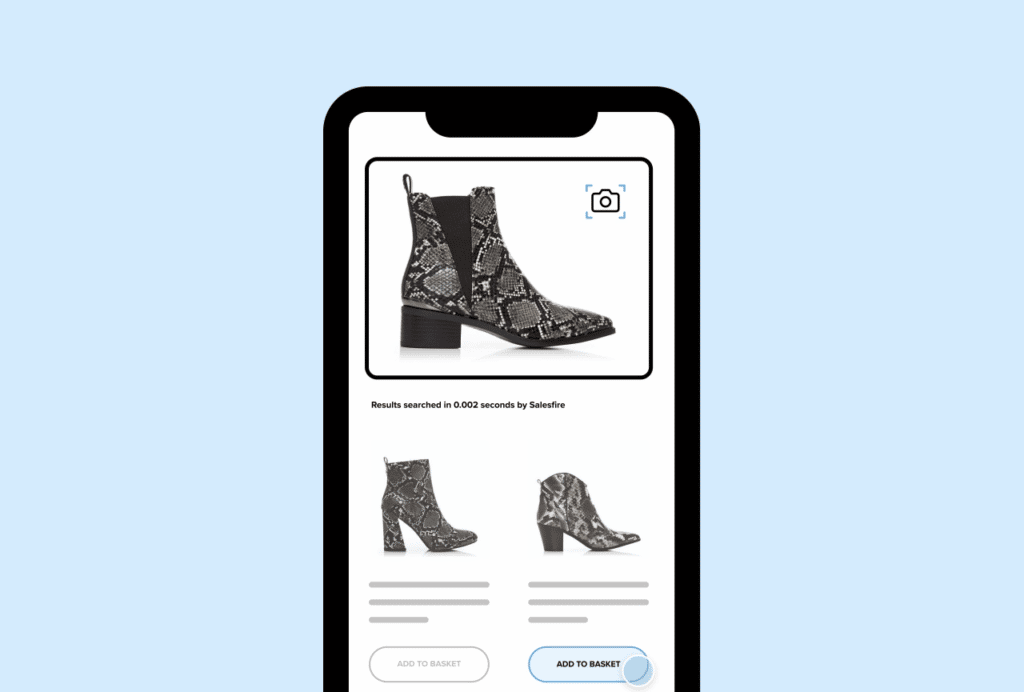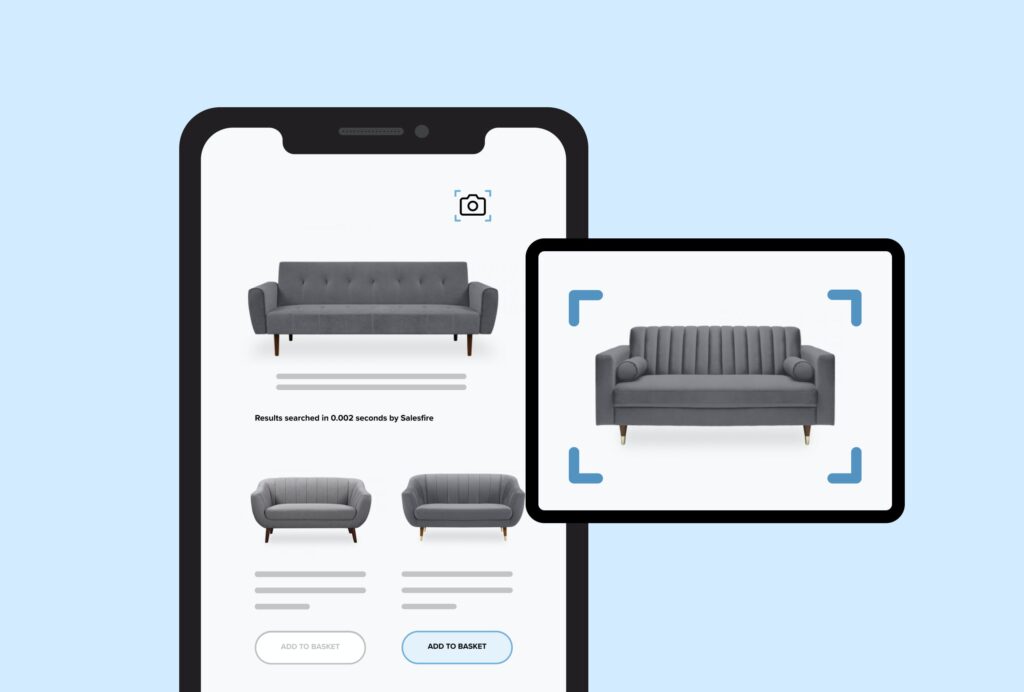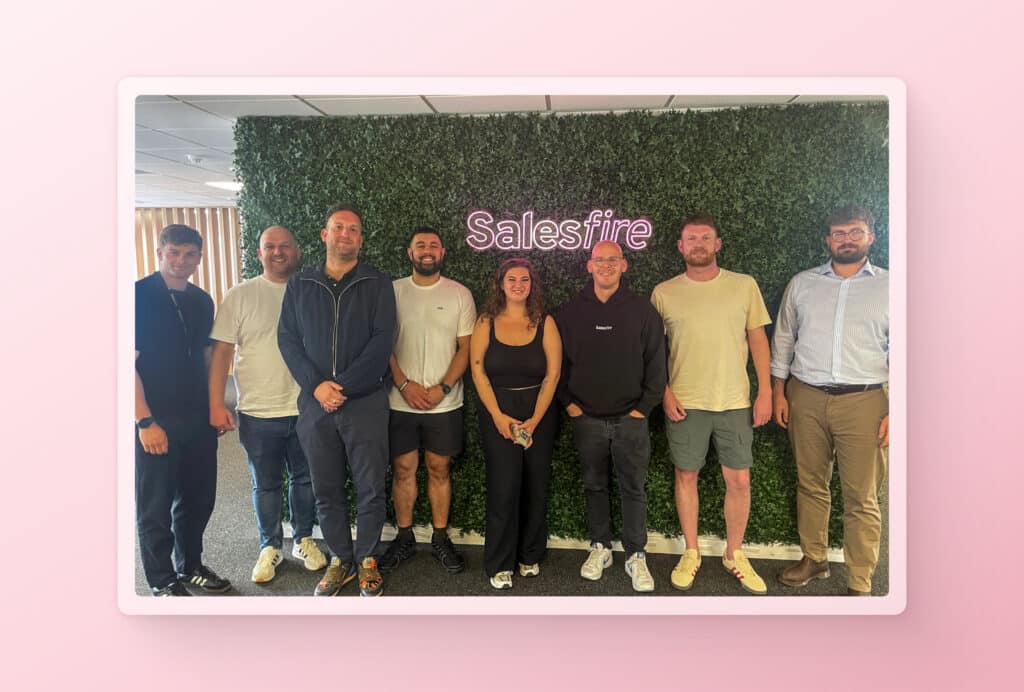Search Best Practice: How to Create a Better User Experience
By Chester Ollivier • Last updated: Wednesday Feb 1st, 2023

Did you know that 88% of shoppers say that they would not return to a site after having a bad user experience?
Therefore, creating a good user experience is essential for any eCommerce site in order to both retain existing customers and attract new ones.
There are numerous ways in which this can be done, which are discussed below.
5 Ways to Improve the Search Experience
1. Improve search speed and accuracy
Delivering timely results is one thing, but delivering accurate, timely results is another – and the pair go hand in hand when it comes to creating a better user experience.
For example, it only takes 50 milliseconds for a customer to form their opinion about a website; if they are forced to wait for a slow search to deliver results, they will presume that the rest of your site is the same and leave.
Returning accurate results is also highly important – for example, in a physical store, if a store assistant brings you a relevant item to one you have asked about, then you are likely to visit the store again as they have brought you an accurate item.
An eCommerce site is no different – searching for something and being presented with exact or similar items is a necessity for a good user interface.

2. Introduce visual search
Visually Similar Search, or Visual Search, is one of the most useful tools which can be applied on any eCommerce site.
As recently as June 2021, social media giant Instagram have also started developing visual search for their platform, with owner Mark Zuckerberg stating that it will “be really helpful in making photos shoppable on Instagram overall”.
Visual search also drives 6.4% of eCommerce revenue, meaning that to create a good user experience, this is completely necessary.
Unlike a traditional image search (such as Google Images), visual search uses the image as the query, rather than text associated with the image.
Powered by AI, visual search recognises images, shapes and colours to match the user with exact and similar queries.
Giving users the option to upload their own images via visual search is also another advantage, which helps the customer and thus creates a good user interface.
With site users turning to more modern technologies, such as visual and voice search, this is completely necessary in order to compete with rival eCommerce sites to stay one step ahead of the game.
3. Implement voice search
In addition to visual search, voice search is also another relatively new feature of eCommerce sites, which enhances the search experience.
As 2 in 5 adults perform a voice search daily, ensuring that you have voice search capabilities installed on your site is key.
But not only are voice searches used daily for generic search queries; 22% of online shoppers use voice search to make a purchase, thus highlighting how important it is to integrate voice search on your site.
This also helps to create a better search experience for your users: being offered a multitude of search options means they can search as they please, ranging from conducting a voice search, to uploading images for a visual search, or even taking advantage of your search box.
4. Consider your search bar design
A search bar, or search box, is arguably the most important feature on your site for creating a better user experience when it comes to search.
Even going right down to the basics, ensuring that the design of your search bar is visually appealing and recognisable is important, and including the little magnifying glass icon plays a part in this.
Visual cues are processed 60,000 times faster than text, so as soon as a customer recognises the icon, they know they can conduct a search there.
Additionally, placing the search bar in the top right corner of your site – the most recognisable place for a search bar – will automatically attract users toward it, as they associate that area of a site with the search bar.
By implementing these ideas, you can make it a smoother process for the customer and thus enhance their overall user experience.
And the smoother the experience can be, the more likely customers are to convert.
5. Input synonyms to avoid no results
70% of eCommerce search implementations are unable to return relevant results for product-type synonyms.
This prevents results being generated for customers who may have spelled a word differently or incorrectly, and they will ultimately end up on a 0 results page.
This in turn will be communicated to the shoppers that you do not stock the product that they are looking for, so they will take their business elsewhere.
However, by optimising synonym search, you can get rid of no results pages and increase your conversion rate: by adding a list of synonyms for a product (for instance, for ‘shoes’, you could use ‘trainers’, ‘footwear’ and ‘boots’) and they will all generate results, and keep shoppers on your site.
Afterthoughts
There are numerous ways that you can enhance the user experience for search on your site, from the design to more intricate elements such as synonym optimisation.
To find out how Salesfire can help you optimise your eCommerce site, email one of our experts at [email protected] or book a free demo of our personalisation tools.



